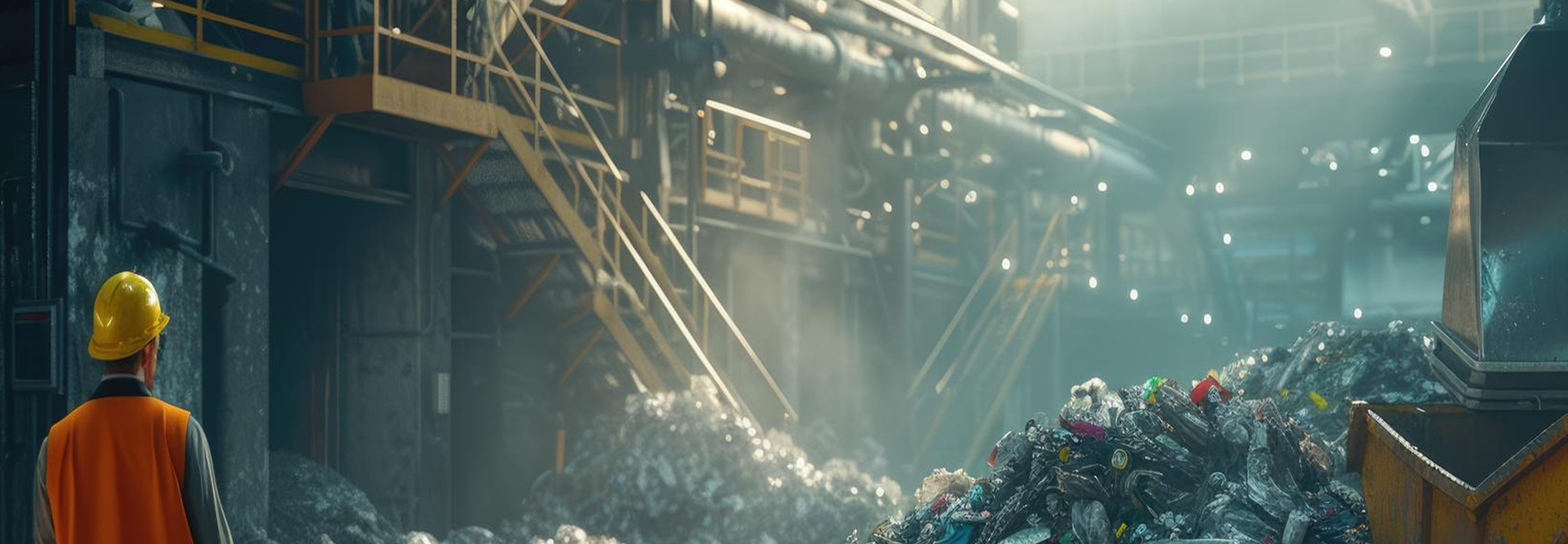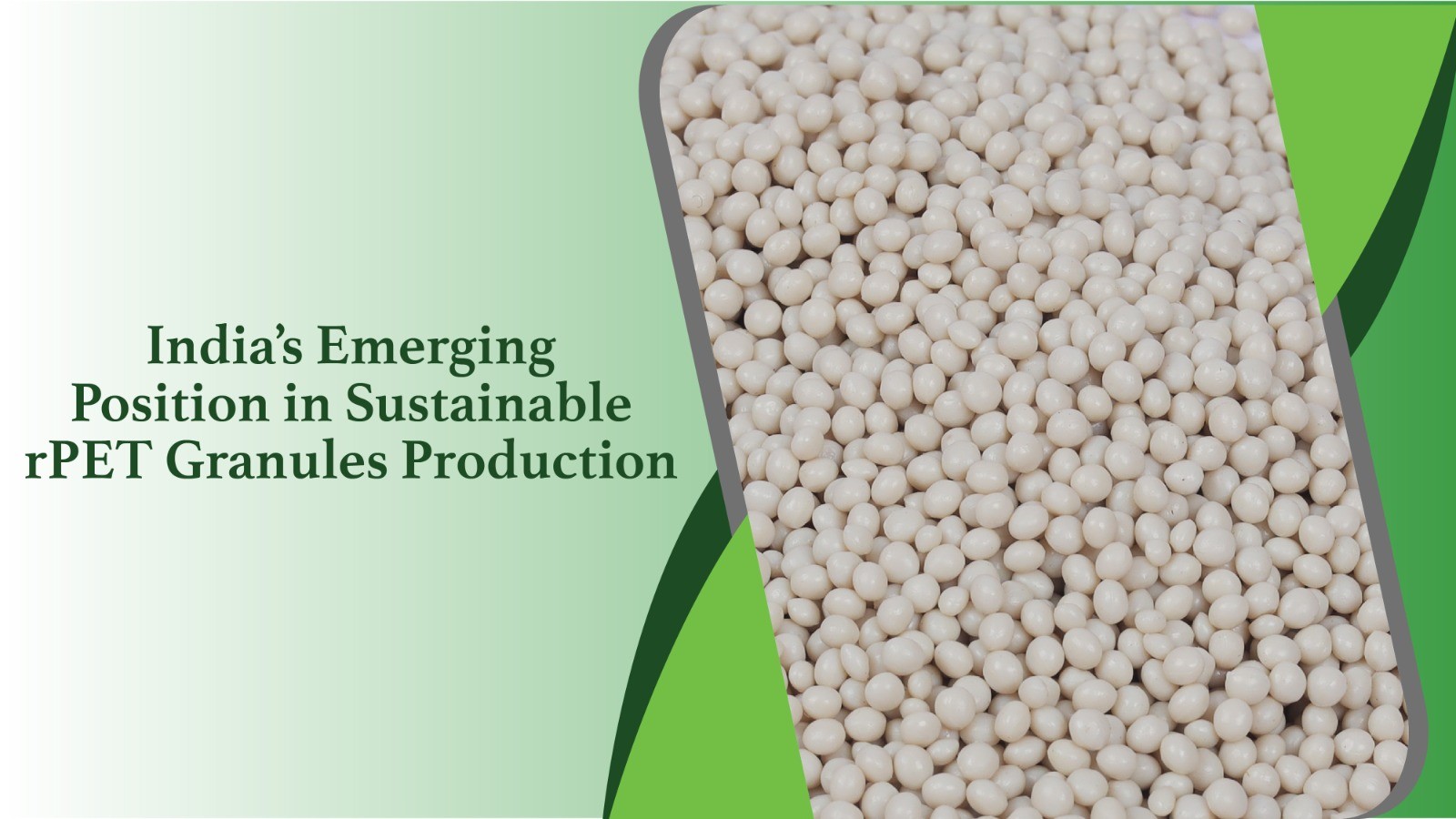
BLOG
POPULAR ARTICLES
Choosing Cement Packaging Bags That Fit Real-World Operations
13 October, 2025

Strong packaging protects cement, reduces wastage, speeds dispatch, and keeps brands visible in the market. Selecting the right cement packaging bags therefore works like an operations decision, not a stationery purchase. The parameters below outline a practical method to match bag design with plant conditions, logistics patterns, and shelf expectations.
Start with the Product and Environment
Cement behaves like a fine, abrasive powder that attracts moisture. Packaging must guard against humidity in warehouses, temperature swings across transport routes, and dust from neighbouring goods. Bag construction should resist scuffing on conveyors and forklifts, maintain shape in tall stacks, and deliver clean discharge at site. Moisture control, abrasion resistance, and stack stability form the working core of any selection brief.
Material Choice and Fabric Architecture
Woven polypropylene fabric remains the workhorse for cement packaging bags due to strength-to-weight efficiency, puncture resistance, and recyclability in established polyolefin streams. Fabric weight, tape denier, and pick density determine tensile strength and tear resistance. Heavier fabrics offer higher safety margins for rough handling, while optimised weaving gives lighter bags with the same drop performance. Laminated fabric or fabric with an internal PE liner enhances vapour resistance and reduces dusting during filling and transit.
Bag Formats for Speed and Clean Handling
Block bottom valve bags support square stacking, stable pallets, and fast filling on automated lines. A self-closing valve or ultrasonic-sealed valve limits spillage and keeps pack weights consistent. Pinch bottom styles with heat-sealed tops suit lines that prefer full-mouth filling and tight closure control. Gusseted designs deliver better cube efficiency inside trucks and containers, helping pallets travel with reduced lean and less film consumption.
Moisture Protection and Barrier Strategy
Humidity control extends shelf life and keeps cement free-flowing. Options include BOPP or LDPE lamination, co-extruded liners, and micro-perforations positioned to allow air release during filling while limiting vapour ingress later. Barrier specification should reflect monsoon exposure zones, warehouse aeration, and average stock rotation days. A targeted approach prevents caking and maintains consistent pour at point of use.
Print Quality and Brand Legibility
Cement bags double as moving billboards. High-contrast, large-format branding on two or more panels improves recall at yards and sites. Flexographic or rotogravure printing on BOPP film delivers rich colour, sharp edges, and durable scuff resistance. Ink systems should hold up against UV, friction on belts, and stretch during handling. Clear batch codes and variable data support traceability across depots and projects.
Filling Line Compatibility
Bag design works best when tuned to real machine settings. Valve diameter, valve length, and vent strategy should match spout geometry and packer airflow. Anti-slip coatings aid belt transfer and pallet building. Static build-up can slow lines and attract dust, so suitable anti-static additives in film or fabric reduce cling and keep sensors reading accurately. Correct bag length and width stabilise pack weights at high speeds.
Palletisation and Transport Efficiency
Square bags fill pallets neatly, reduce film usage, and create stable loads for long hauls. Consistent bag dimensions prevent mushrooming at edges. Stretch film and corner boards work better when bag faces remain flat and firm. Pallet footprints and layer patterns should align with truck body sizes used across regions to avoid overhang and in-transit deformation. Simple measures here drive measurable cost savings across thousands of tonnes.
Performance Testing and Quality Control
Drop tests, top-load compression, burst strength, and sifter assessments provide objective checkpoints. Sampling across production lots ensures steady performance through seasonal changes in humidity and temperature. Clear acceptance criteria, documented test frequencies, and barcode-backed traceability build confidence during audits for large projects and government supplies.
Sustainability and Compliance
Modern buyers demand packaging that supports corporate responsibility goals. Woven polypropylene fabric enables recycling through mainstream polyolefin channels. Post-consumer or post-industrial recycled content can be introduced responsibly in select layers while maintaining strength targets. Ink, adhesive, and additive choices should align with regional compliance frameworks and extended producer responsibility rules. A clear end-of-life pathway enhances brand outcomes and earns procurement preference.
Cost of Ownership, Not Just Unit Price
True value emerges across the entire route from filling to site. Stronger, more stable cement packaging bags reduce spillage, rework, and pallet failures. Clean discharge at site lowers sweep losses. Accurate pack weights trim claims and credit notes Consistent pack weights lower reconciliation errors, customer claims, and credit note issuance. Engineered palletization improves load efficiency, cuts stretch film consumption, and mitigates return freight from rejected deliveries. The right specification turns packaging into an operations lever that pays back daily.
Customisation Options That Matter
- Valve type and length
- Lamination level and liner thickness
- Micro-perforation placement for air release
- Anti-slip coatings on targeted panels
- UV stabilisers for open-yard storage
- Anti-static additives for high-dust lines
- Handle or tear-tape features where site requirements demand quick opening
Each lever should link to a measurable plant or logistics outcome. A small tweak in valve geometry can lift packs-per-minute. A slightly thicker liner can keep powder dry through a coastal monsoon. Focus on the wins that repeat across millions of bags.
Data, Traceability, and Consistency
Batch IDs, QR codes, or barcodes printed within high-visibility zones enable quick scans at warehouses and project gates. Digital trails simplify root-cause analysis if a pallet shows stress after a long route. Consistent fabric weight and tape strength across lots protect brand promises under heavy dispatch pressure.
Practical Specification Blueprint
- Define environmental exposure, average storage days, and route profiles.
- Lock in fabric weight and weave for the required drop and tear levels.
- Choose lamination or liner plan based on humidity and shelf expectations.
- Select bag format, valve style, and venting for the filling line in use.
- Confirm print method, colour density, and scuff resistance for branding.
- Validate pallet pattern, stack height, and film type for the truck network.
- Finalise test methods, acceptance criteria, and lot-wise documentation.
- Add sustainability targets involving recycled content and recyclability claims supported by actual take-back or recycling channels.
Why Many Plants Standardise on Woven Polypropylene
The combination of durability, impact resistance, low weight per unit, and established recycling routes creates dependable value. When paired with precise lamination and valve engineering, woven polypropylene fabric delivers clean lines on the filling floor and strong presentation at retail and site.
Where Pashupati Group Fits In
Advanced packaging programmes rely on materials science, process control, and application knowledge. Pashupati Group develops cement bags and allied solutions with an emphasis on line speed, barrier performance, and brand visibility, anchored by robust QA and a sustainability mind-set. The result is packaging that keeps cement protected, turns pallets into reliable building blocks, and supports ambitious growth targets across regions.
Cement packaging works best when treated as a system. Material, construction, filling behaviour, branding, and logistics should align with the realities of plant and route. With the right specification and disciplined quality, cement bags become a quiet advantage, helping operations move faster, protect every kilogram, and present a stronger brand every day. Keywords integrated: cement packaging bags, cement bags, woven polypropylene fabric, Pashupati Group.
RECENT BLOGS





